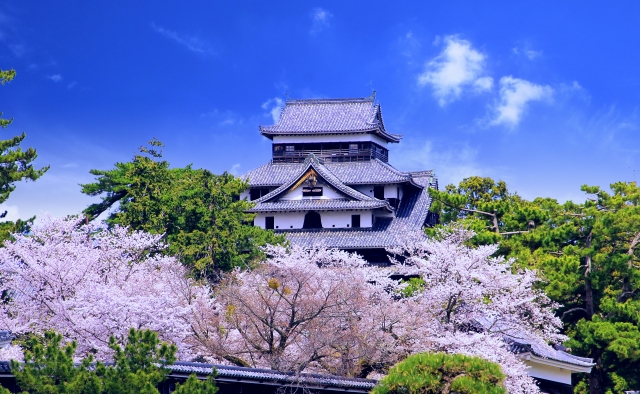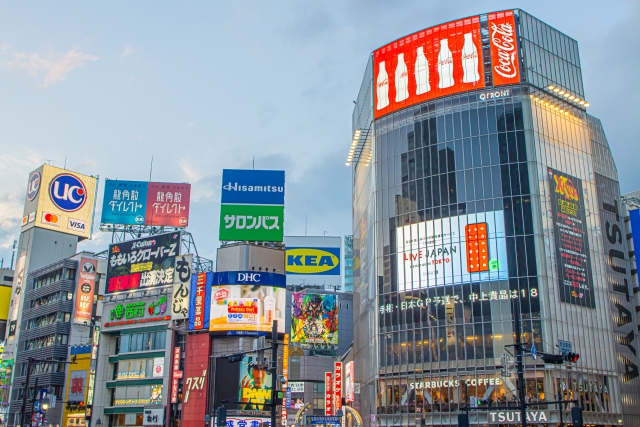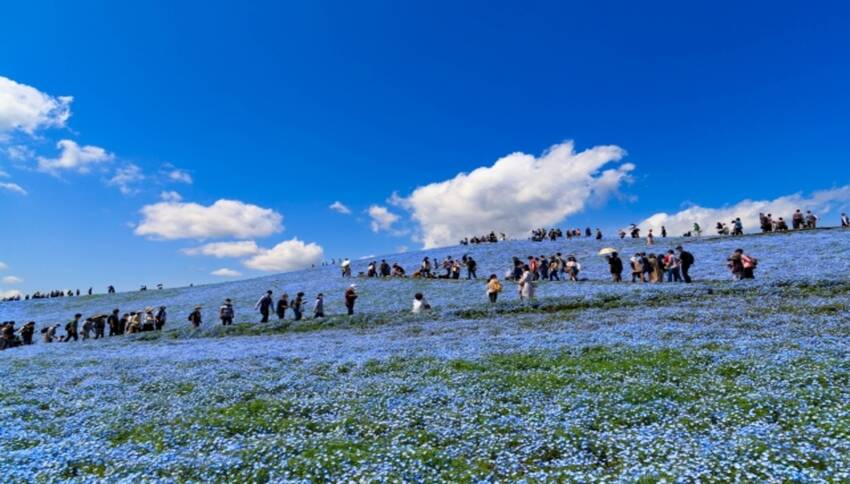春(3月~5月)
春は桜の季節。全国各地で「お花見」が行われ、日本の象徴とも言える風景が広がります。一方で、花粉症に悩む人が多くなるのもこの時期です。
梅雨(6月中旬~7月中旬)
春と夏の間に訪れる「梅雨」は、湿度の高い雨の季節。雨の日が続くため洗濯物が乾きにくく、カビや食中毒に注意が必要です。一方で、この時期ならではの風情を楽しむ人も多く、アジサイが咲き誇る名所は賑わいを見せます。
夏(7月~9月)
日本の夏は非常に暑く、気温は40℃近くに達することもあります。加えて湿度が高く、体感温度はさらに上がります。また、夏には全国で花火大会やお祭りが開催され、にぎやかな雰囲気に包まれます。
台風の季節(8月~10月)
夏の終わりから秋にかけて、台風が頻繁に日本列島を通過します。強風・大雨・高波などの影響で、交通機関が乱れたり、学校が休校になることも。自然災害の多い日本ならではの気候現象として、知っておくべき季節です。
秋(9月~11月)
秋は紅葉の季節。山々が赤や黄色に染まり、美しい景色が広がります。気候も穏やかで、読書や芸術、食欲の秋とも呼ばれます。季節限定の食材を味わえるのも楽しみの一つです。
冬(12月~2月)
実は、日本が世界で最も積雪量が多い国のひとつだということをご存じですか?北海道や新潟、東北地方などでは、2~3メートル以上の積雪があることも珍しくありません。その反面、沖縄のように雪がまったく降らない地域もあり、南北に長い日本ならではの多様性を感じられます。
日本の季節は文化そのもの
このように、日本の気候はただの「四季」では語り尽くせない奥深さがあります。それぞれの季節が、食文化・行事・生活様式に大きな影響を与え、季節を楽しむという文化が根付いています。
日本語学習のヒント
日本語には「季節」に関する表現がたくさんあります。
例:「花見」「猛暑」「台風一過」「秋晴れ」「初雪」「立春」など。
こういった言葉を学ぶことで、日本語の語彙力だけでなく、日本人の感性や価値観にも触れることができます。
Japanese-Online.com では、これからも日本語とともに、日本の文化・習慣・季節についても紹介していきます。次回のニュースレターもお楽しみに!
Spring (March–May)
Spring is the season of cherry blossoms. During this time, people across the country enjoy “Hanami” (cherry blossom viewing), and landscapes filled with blooming cherry blossoms become symbolic scenes of Japan. On the other hand, many people suffer from seasonal allergies due to pollen during this period.
Rainy Season (Mid-June to Mid-July)
The rainy season, “Tsuyu”, arrives between spring and summer, and has high humidity and rain. With continuous rainy days, laundry takes longer to dry, and people become concerned about mold and food poisoning. Still, many people enjoy the seasonal beauty of this time, especially at famous spots where hydrangeas are in full bloom.
Summer (July–September)
Summer in Japan is extremely hot, with temperatures sometimes reaching close to 40°C (104°F). The high humidity makes it feel even hotter. People hold fireworks and traditional festivals nationwide during the summer, creating a lively and festive atmosphere across the country.
Typhoon Season (August–October)
From late summer to autumn, typhoons frequently pass through the Japanese archipelago. Strong winds, heavy rains, and high waves may ultimately disrupt public transportation and close schools. This is a seasonal phenomenon you should know about, especially because of how many natural disasters Japan has.
Autumn (September–November)
Autumn is the season of autumn leaves (Kōyō). Mountains and trees are vibrantly red and yellow, creating beautiful scenery. With its mild weather, autumn is the season for reading, the arts, and appetite, as one of the pleasures people love about autumn includes enjoying seasonal ingredients.
Winter (December–February)
Did you know that Japan is actually one of the snowiest countries in the world? In places like Hokkaido, Niigata, and the Tohoku region, it's not uncommon to accumulate two to three meters of snow. On the other hand, it never snows in regions like Okinawa, showcasing the climatic diversity unique to a long and narrow country like Japan.
Japan’s Seasons Are a Cultural Experience
As you can see, we can’t just simply describe Japan’s climate by the four seasons. Each season deeply influences Japanese food culture, events, and lifestyles, and Japanese people deeply root the culture of appreciating each season in daily life.
Japanese Language Learning Tip
There are many expressions related to seasons in Japanese.
Examples: hanami (cherry blossom viewing), mōsho (extreme heat), taifū ikka (clear skies after a typhoon), akibare (clear autumn sky), hatsuyuki (first snow), risshun (first day of spring), etc.
By learning these words, you can not only expand your Japanese vocabulary but also get a glimpse into the Japanese sensibility and values.
At Japanese-Online.com, we’ll continue to introduce not only the Japanese language but also Japan’s culture, customs, and seasonal beauty. Stay tuned for our next newsletter!
sign up for the Japanese-Online Newsletter
__..-・**・-..__..-・**・-.._ あいうえお かきくけこ さしすせそ たちつてと なにぬねの はひふへほ まみむめも やいゆえよ らりるれろ わゐうゑを ん __..-・**・-..__..-・**・-.._
#JapaneseOnline #LearningJapanese #FreeJapaneseLessons #JapaneseVideoLearning #JapaneseAnime #Anime #JapaneseFood #Bloguru










